Light Bulbs & Lamps
Light bulbs and lamps install into compatible fixtures to add or replace a light source. Linear bulbs are straight, tubular lamps with a base on each end to fit wraparound, strip, and suspension-mount fixtures. Standard and decorative bulbs supply light for various office, hospitality, and residenti .....Read More

Circular Light Bulbs & Lamps
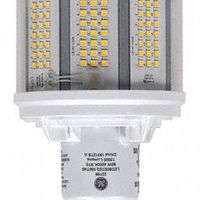
High-Output HID & LED Light Bulbs & Lamps
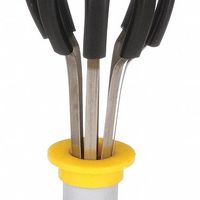
Light Bulb & Lamp Accessories & Changers
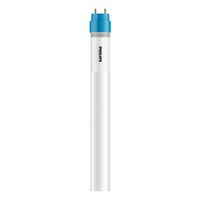
Linear Light Bulbs & Lamps

Miniature Light Bulbs & Lamps
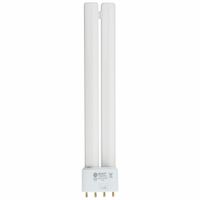
Plug-In CFL & LED Light Bulbs & Lamps

Spot, Reflector & Flood Light Bulbs & Lamps
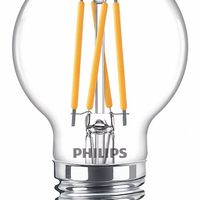
Standard & Decorative Light Bulbs & Lamps

U-Bend Light Bulbs & Lamps
Frequently Asked Questions
What are the different types of light bulbs and their uses?
How do I choose the right light bulb for my fixture?
What is the difference between LED and CFL bulbs?
How do I install a light bulb into a fixture?
What are the benefits of using LED bulbs over traditional bulbs?
How do I determine the correct wattage for my light fixture?
Can I use a higher wattage bulb than recommended for my fixture?
How do I dispose of old or broken light bulbs safely?
What is the lifespan of different types of light bulbs?
How do I know if a bulb is compatible with my fixture?